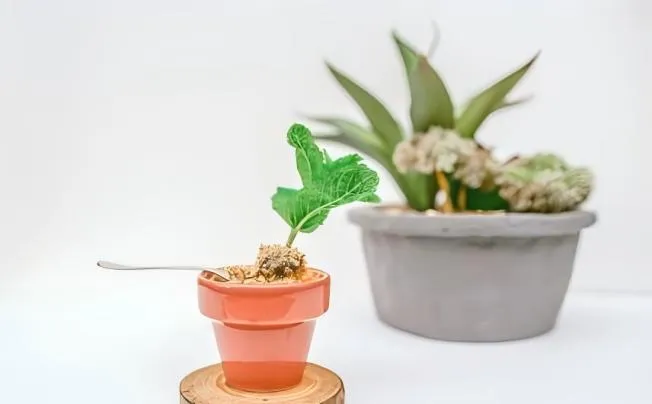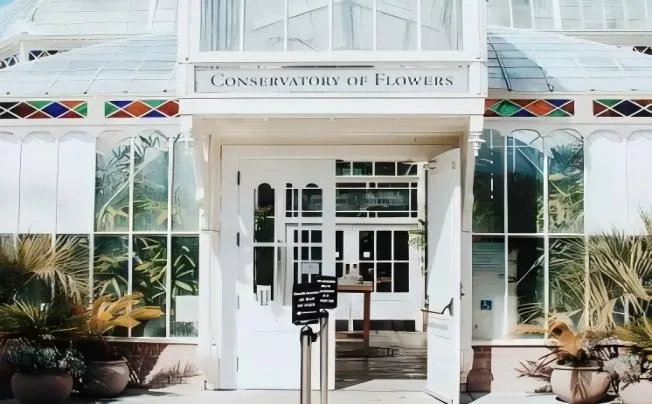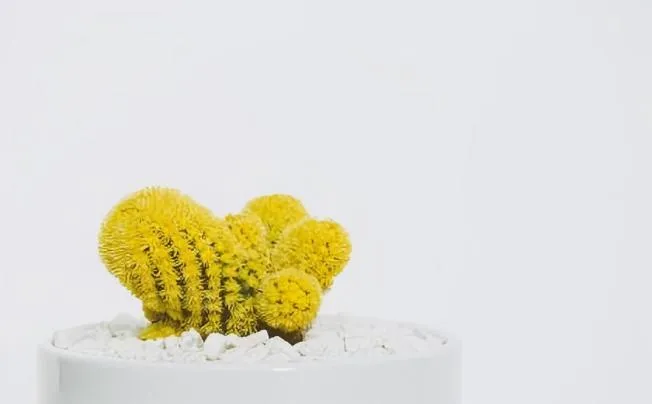How To Keep A Galvanized Flower Pot From Rusting?
Galvanized flower pots rust mainly because of problems with the zinc coating, a key protective mechanism.
Key points to prevent rust
Select premium flower pots
It is important to select galvanised flower pots made by reputable manufacturers. Stricter quality control procedures and more sophisticated production methods are typically found in regular manufacturers. Their galvanised materials are more pure, and the zinc layer's thickness and homogeneity are more certain. Additionally, standard manufacturers will closely supervise the galvanising process during the production process to ensure that the zinc layer is more firmly bonded to the flower pot's metal matrix and difficult to remove.
On the other hand, the galvanised flower pots made by some small workshops could use inferior materials and an immature galvanising technique, which leads to uneven zinc layer thickness and easy peeling, significantly lowering the flower pots' resistance to rust. Soon after use, rust could appear.
Pay attention to the placement environment
Keep in mind that rust in galvanised flower pots is hampered by a humid environment. If the flower pot is placed in a dark, humid corner, the moisture will be difficult to evaporate, causing the pot to remain in a high humidity state for an extended period of time. The galvanised layer will erode quickly, leading to rust. Additionally, galvanised flower pots can be harmed by acid-base environments.
Certain fertilisers, detergents, and other chemicals that are acidic or alkaline will react chemically with the galvanised layer and eliminate its protective effect if they come into touch with the flower pots. In order to keep the flower pots dry and prevent them from coming into contact with corrosive materials like acids and alkalis, the best location is one that is well-ventilated, sunny, and dry. This will significantly minimise the chance of rust.

Practical rust prevention methods
Regularly wash and dry
Use a gentle, moist cloth to wipe the flower pot's surface every one to two weeks to get rid of dust, grime, and other debris. You can gently wipe away certain tough stains with a light detergent and then rinse with fresh water. It should be mentioned that in order to prevent damaging the galvanised layer and hastening rust, you should refrain from using rough and sharp cleaning instruments like steel wool. Make sure the flower container is thoroughly dry after washing. To enable the moisture to escape as quickly as possible, you can dry the flower container in a bright, well-ventilated area. Since one of the main causes of rust is moisture, even a small amount of water that has accumulated over time might result in local rust.
Apply a protective coating
One popular option is anti-rust paint. Make sure the flower container is dry and clean its surface before using it. If the flower pot is brand-new, you can apply anti-rust paint right away; if it is rusted, you must first remove all of the rust and then use sandpaper to carefully polish the rusty area until the metallic lustre is visible. Next, select an anti-rust paint that is appropriate for metal surfaces and uniformly apply it to the flower pot's surface using a brush or spray gun. In general, use two to three layers. To guarantee that the paint layer is completely dried and hardened to create an efficient anti-rust barrier, allow adequate drying time between layers, often around 24 hours.
Additionally, varnish may have some protective properties. In addition to preventing rust, it can retain the flower pot's original beauty by creating a clear protective coating on its surface. The way it works is comparable to that of anti-rust paint. After cleaning and drying the flower pot, apply varnish evenly with a brush, usually in 1-2 layers. The benefit of varnish is that it can enhance the flower pot's natural appearance and beauty without altering its colour or texture.
Furthermore, oil or wax might be used for protection. For instance, evenly apply car wax to the flower pot's surface and then wipe it off with a soft, clean cloth to create a thin coating of wax film that can effectively block out moisture and oxygen and prevent corrosion. Mineral oil, linseed oil, and other types of oil are available. Apply a brush to the flower pot's surface after dipping it in the proper amount of oil. Use a fresh cloth to remove any remaining oil after it has been absorbed. When using oil protection, though, use caution as the oil may become contaminated with dust and requires frequent cleaning.

Rust rescue measures
If a tiny bit of rust is discovered on the flower pot's exterior, it can be eliminated physically. Depending on how severe the rust is, prepare a piece of sandpaper and select the proper coarse and fine sandpaper. Use 200–400 mesh fine sandpaper for light rust; if the rust is deep, 80–120 mesh coarse sandpaper must be used for preliminary grinding before fine sandpaper is used for fine grinding. To prevent using too much force and scratching the galvanised layer that hasn't rusted, when grinding, carefully wipe along the flower pot's grain direction. Use a fresh towel to remove any dust and rust from the surface after grinding.
Another efficient technique is chemical rust removal. Numerous rust removers designed especially for metal rust removal are available on the market. Select items that are appropriate for galvanised metal when making your selection. Clean the flower pot's surface of any dust or debris before using it, and then uniformly apply rust remover by brushing or spraying it on the rusted region. To enable the rust remover to completely react with the rust and dissolve the rust coating, leave it on the surface for five to thirty minutes, depending on how severe the rust is. To prevent harm to the flower pots and plants, rinse well with clean water afterward to make sure there is no rust remover residue left behind.
After the rust removal process is finished, the flower pots should be carefully cleaned and dried to make sure that the surface is free of moisture and contaminants. This will help to prevent the pots from rusting again. Next, based on the particular circumstances, decide which protective coating to use. To give the flower pots longer-lasting protection, if the protective coating has never been applied before, you can use anti-rust paint this time. If the flower pots were partially rusted when they were first coated, you can apply the matching protective paint or varnish to finish the protective layer. In addition, change the placement environment of the flower pots to prevent being in a humid, acidic and alkaline environment that is prone to rust again.

Selected Blogs
-
What customization services are available for metalworking customization?
2024-12-12
-
What Is The Difference Between A Plant Container And A Raised Bed?
2024-04-23
-
Garden Screening & Fence Panels
2024-04-23
-
Gardening pot selection tips
2024-04-17
-
The function and collocation of horticultural fire pot
2024-04-17


